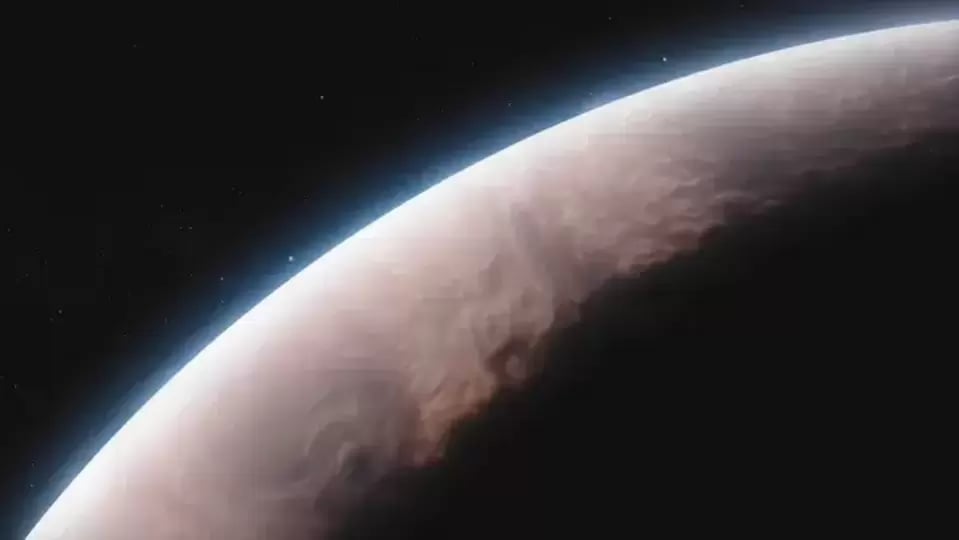James Webb Space Telescope finds crystals in atmosphere of giant planet
In a new discovery, James Webb Space Telescope detects tiny quartz crystals in the hot atmosphere of a gas giant, planet WASP-17b.

After the Hubble Space Telescope, the James Webb Space Telescope has become an integral part of space exploration for NASA. It enables researchers to have a tool that can detect planets, celestial objects, and galaxies from thousands of light years away. In fact, the James Webb Telescope can look back in time almost to the Big Bang and that is billions of years ago! Now, it reached back some 1300 light-years away from Earth and discovered tiny quartz crystals in the high-altitude clouds of WASP-17 b, a hot Jupiter -like exoplanet. Know more about the new discovery here.
James Webb Telescope captures quartz nanocrystals
According to a report by NASA, silica (SiO2) particles have been observed in an exoplanet's atmosphere for the very first time by Webb telescope in the high-altitude clouds of WASP-17 b which is 1300 lights years away. The detailed research is published in Astrophysical Journal Letters and its author David Grant said, “We knew from Hubble observations that there must be aerosols—tiny particles making up clouds or haze—in WASP-17 b's atmosphere, but we didn't expect them to be made of quartz.”
The discovery was captured by James Webb Telescope's Mid-Infrared Instrument (MIRI) which helped researchers to examine WASP-17b. The exoplanet has some mysterious properties as it has seven times more mass than Jupiter and NASA explains it as “one of the largest and puffiest known exoplanets.” WASP-17b is largely composed of hydrogen and helium which is similar to Jupiter. In addition, MIRI's analysis identified the presence of carbon dioxide, water vapor, and the absorption signature of pure quartz crystals at a wavelength of 8.6 microns. The crystal has a pointed hexagonal prism structure each with a measurement of 10 nanometers.
These quartz crystals are made up of silica which is a combination of silicon and oxygen. The composition in scientific notation is termed common as Space.com reports that most of the elemental components of all rocky celestial bodies in the solar system are made up of silica. and these elements have previously been identified in the atmospheres of hot Jupiter exoplanets.
Co-author Hannah Wakeford, from the University of Bristol, said that they are expecting to see magnesium silicates, however, they are witnessing the early stages of silicate grain formation which will later form larger silicate grains detected in cooler exoplanets and brown dwarfs.
Catch all the Latest Tech News, Mobile News, Laptop News, Gaming news, Wearables News , How To News, also keep up with us on Whatsapp channel,Twitter, Facebook, Google News, and Instagram. For our latest videos, subscribe to our YouTube channel.

























